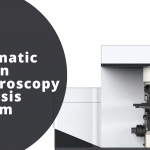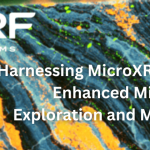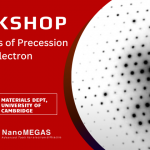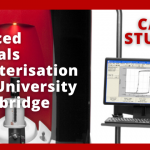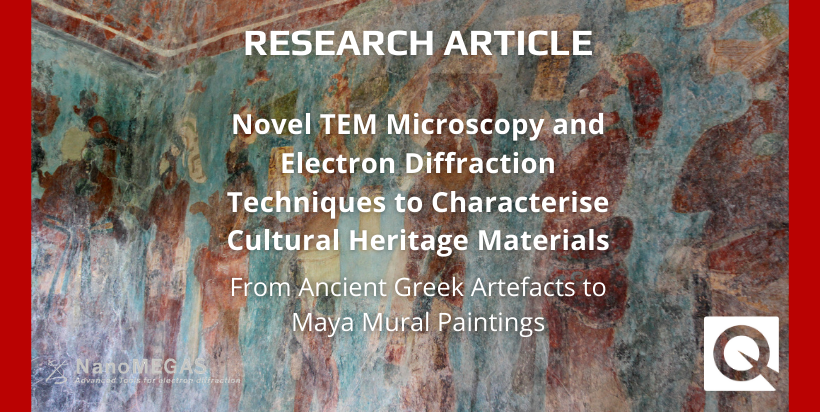

From Ancient Greek Artefacts to Maya Mural Paintings
Research article from our partners at Nanomegas. Source
The analytical examination of glasses, glazed artefacts, and pigments associated with cultural heritage activities is an important field in archaeometry science. The techniques that are involved are either totally non- or quasi-destructive aiming at providing information towards chemical fingerprinting (e.g., XRF (X-ray fluorescence), ICP-MS (inductively coupled mass spectrometry), EDS (energy-dispersive X-ray spectroscopy), EPMA (electron probe microanalysis), XRD (X-ray diffraction), and Raman spectroscopy). In all those techniques, resulting data either provide average information from the bulk of the sample or from local analyses on areas that are several tens of microns, missing therefore critical information when various nanoscale mineralogical phases may be involved.
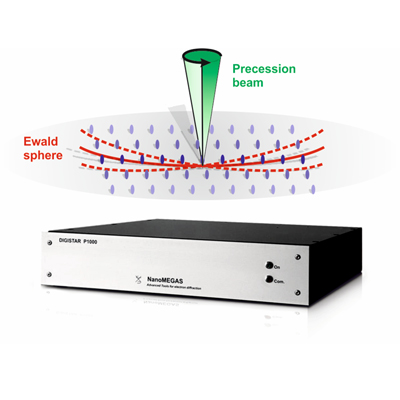

For the structural characterisation of materials at the nm scale, transmission electron microscope (TEM) electron diffraction techniques like ASTAR phase/orientation mapping [1, 2] and electron diffraction tomography (ADT) [3, 4] have shown very promising results for a wide range of materials like metals, alloys, ceramics, natural minerals, semiconductors, nanowires, organic natural and synthetic pigments, organic materials, and pharmaceutical compounds [5].
In the case where structural information of the studied material is known, phase and orientation mapping provides information about the distribution of various phases in the sample; in the case where structural information for a given sample is completely unknown, electron diffraction tomography (ADT) in combination with chemical analysis helps precise structural characterisation, providing precise information about individual phases of an object of interest. The development of TEM-related analytical tools like electron energy loss spectroscopy (EELS), high-resolution imaging (HREM), energy-dispersive X-ray spectroscopy (EDS), 3D imaging, and electron diffraction tomography in addition to the wider access/availability TEM in various laboratories worldwide has made TEM an interesting alternative synchrotron-based technique. On the other hand, combination of advanced electron diffraction-based techniques (phase/orientation mapping and electron diffraction tomography) has been used in few cases to solve complex material science problems [6], where its application in archaeometry has only been reported very recently [7–10]. In previous work [8, 9], we have focused on the study with ADT of small crystallites used as pigments in colored Roman tesserae (green, yellow, white, and different shades of blue). The present work is focused on the study of various pigments from different historical periods (Ancient Greek/Roman, pre-Hispanic) and different types of artefacts (amphorisks, glass tesserae, and Mayan mural paintings) using a combination of ADT and ASTAR orientation/phase mapping techniques in TEM to shed light in the various materials used/present in the artefacts. In this current article, our previous work on pigment characterisation in yellow glass Roman tesserae [8] has also been summarised.
Analytical Techniques and Instrumentation
For TEM and STEM-EDS (scanning transmission electron microscopy–energy-dispersive spectroscopy) observations, a TEM JEOL-2100F (FEG, 200 kV) and a LIBRA 120 (LaB6, 120 kV), both equipped with a DigiSTAR precession system and ASTAR phase/orientation mapping system (NanoMEGAS Sprl, Belgium) [11], were used.
Stavros Nicolopoulos, Partha P. Das, Alejandro Gómez Pérez, Nikolaos Zacharias, Samuel Tehuacanero Cuapa, Jesús Angel Arenas Alatorre, Enrico Mugnaioli, Mauro Gemmi, and Edgar F. Rauch



